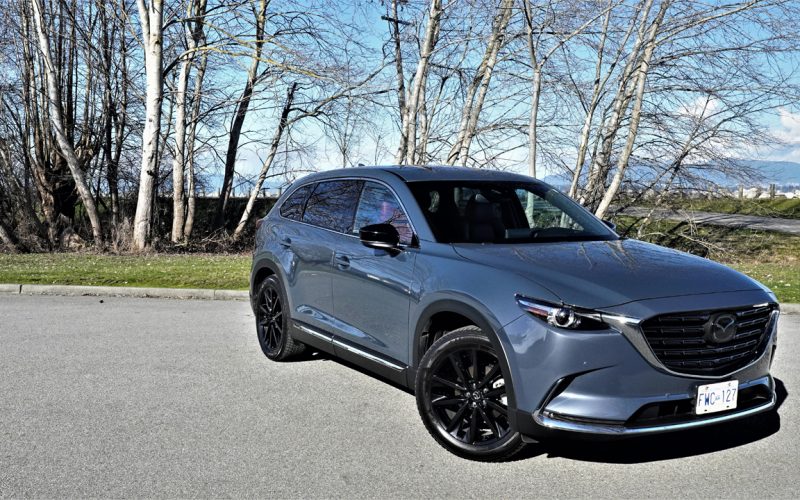
Reading Time: 14 minutesInterestingly, Mazda does much better per capita in Canada than the U.S., but this may be

Reading Time: 17 minutesIf I loved Toyota’s Highlander Hybrid any more, it would be a Hyundai Palisade hybrid. I
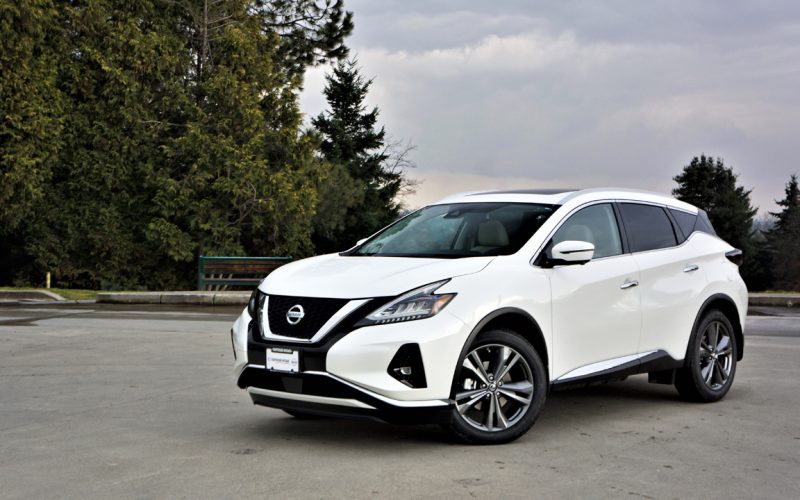
Reading Time: 17 minutesThe Murano has been with us for a long time, at least as far as crossovers
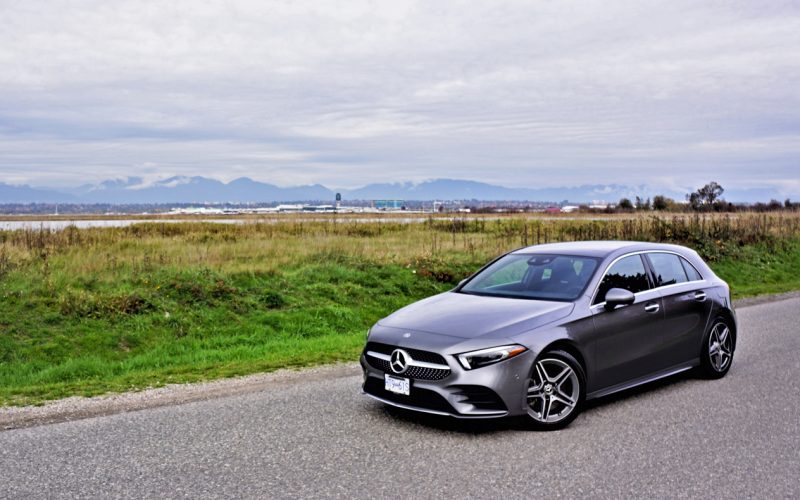
Reading Time: 15 minutesMercedes was a forerunner in the subcompact luxury class with its B-Class MPV back in 2005.
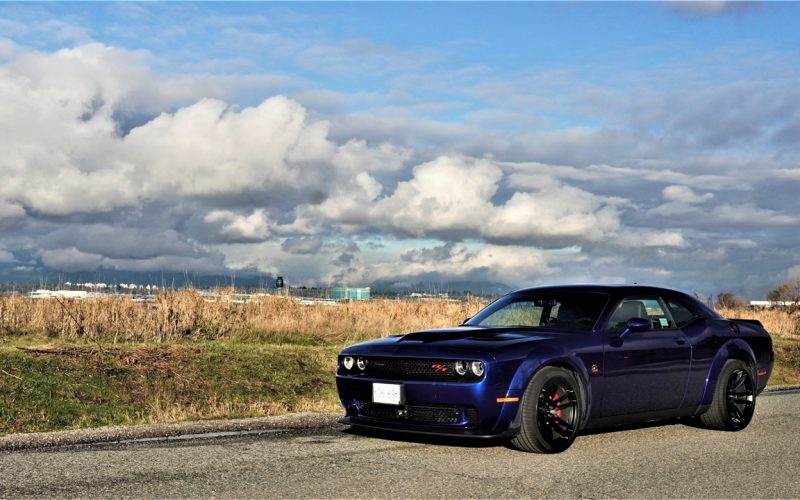
Reading Time: 12 minutesIs there a meaner looking sports car available anywhere? OK, an argument can be made for
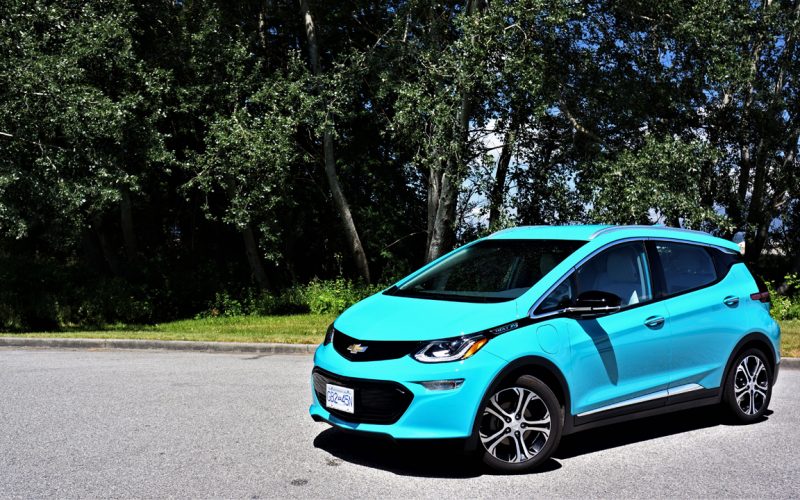
Reading Time: 11 minutesAs far as subcompact hatchbacks go, Chevy’s Bolt is la crème de la crème. Some time
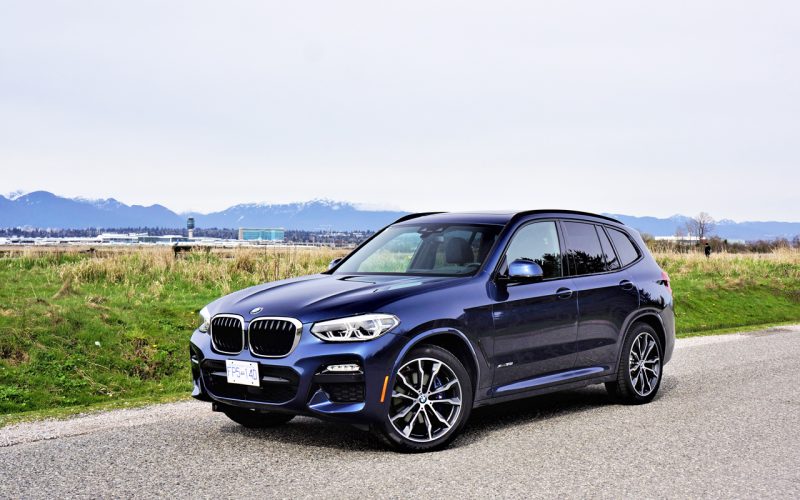
Reading Time: 10 minutesThere’s nothing better than driving a model’s base trim if you want to find out how
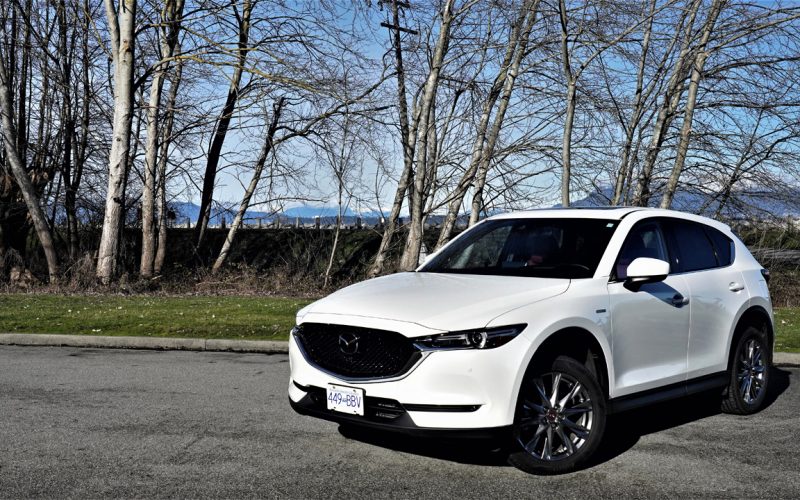
Reading Time: 9 minutesHas Mazda really been around 100 years? The independent Japanese brand celebrated its centenary this year,
© 2025 The Car Magazine. All Rights Reserved, Privacy Policy | Terms of Use